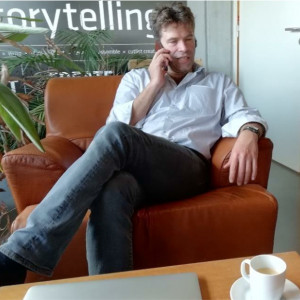 \
&
Contact us
\
&
Contact us
 \
&
Contact us
\
&
Contact us
The DIRS aims at developing and consolidating a Belgian Defence Technological and Industrial Base that:

In order to sustainably strengthen the Belgian DTIB, the following principles will be applied: inform stakeholders, facilitate and support the partnership between the government, companies, knowledge and educational institutions and research centres, optimal management to create value chains as well as protecting and anchoring the economic and social potential in the form of knowledge, technology and employment.
Download Document Defence, Industry and Research Strategy
Download presentations given at the press conference: Dutch – French

mark.antonissen@vlaio.be
+32 2 432 43 05
Find the contact info on the site of FOD economy
The National Contact Points (NCPs) provide support, guidance, and practical information to potential applicants, helping them navigate funding opportunities and application processes.
The National Focal Point (NFP) members represent their country in decision-making about the work programmes, evaluate implementation, and provide strategic input on priorities and calls.
Digital, Industry & Space Digital Europe AI Continent Cybersecurity
Flanders is pursuing an active industry and export policy focused on defence innovation. With the Flemish Innovation and Industry Strategy for Security and Defence (VISD) and a new weapon trading decree, the government plans to help local companies market their technologies internationally. The European defence and security market is rapidly expan... read more
Infosheets contain edited content on aspects related to this programme. They are reviewed at least yearly.
Related links are easy pointers towards external information. We curate the list, but are not liable for the destinations.
Documents contain additional information related to this programme, and are similar to related links.

If you’ve never heard of Limecraft, you’re clearly not working in the media sector. Their SaaS platform provides integrated workflows for media management, scripted and unscripted TV, and subtitling and localisation. It is used by leading broadcasting companies – such as BBC, VRT, NPO… – and production firms of which De Mensen or Hotel Hungaria might ring a bell (at least if you are Belgian).
NCP Flanders went to Ghent to interview Maarten Verwaest, CEO and cofounder, about how he sees Horizon 2020. Limecraft is a partner in the MeMAD project, which is a collaborative RIA project submitted to an ICT call topic.